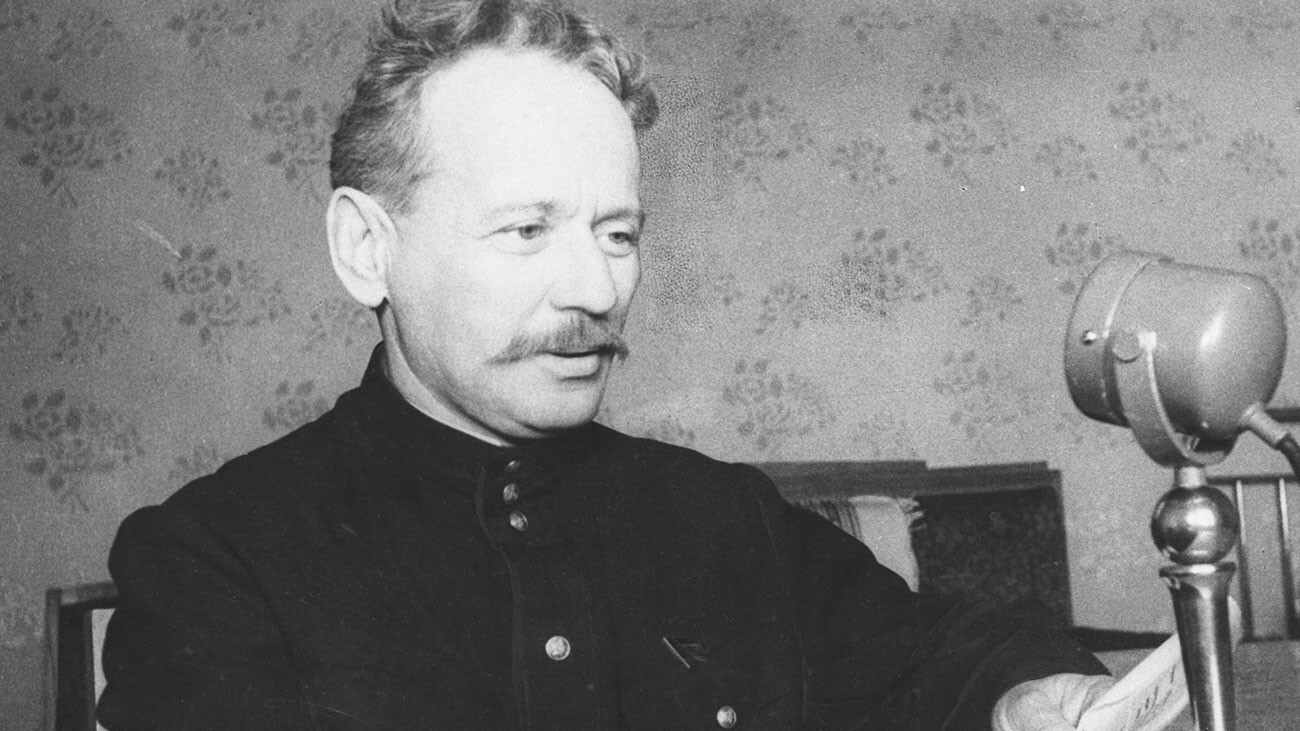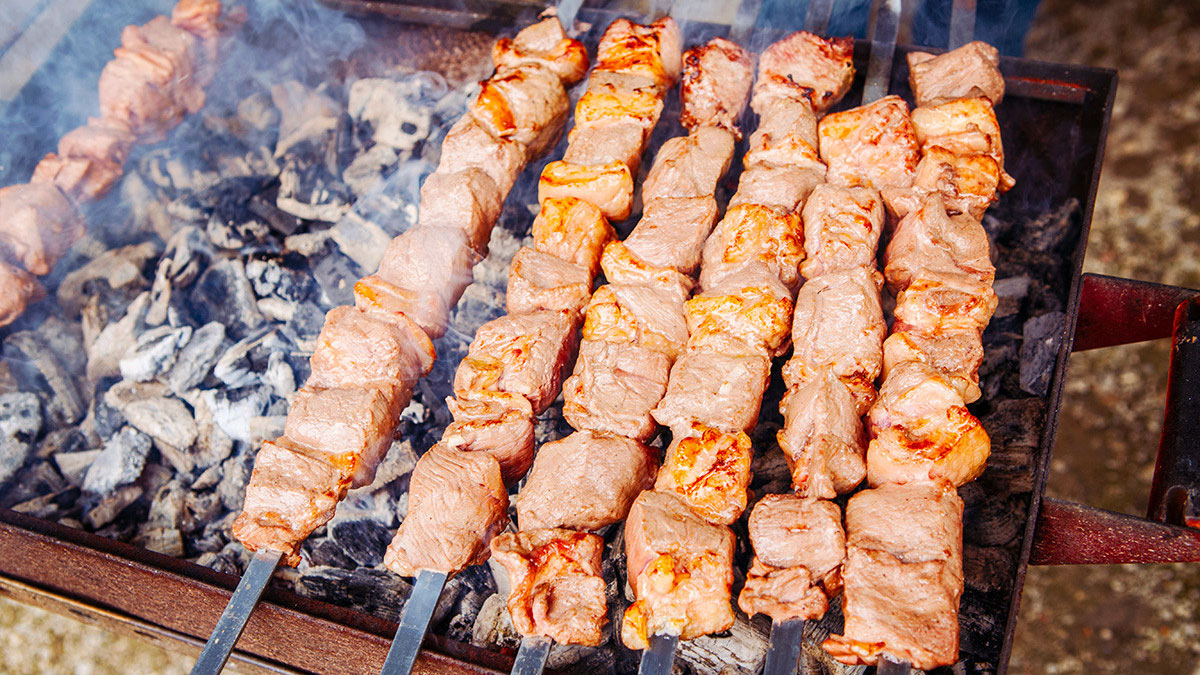
How the Soviets turned ‘Goose Feet’ candy into a cherry flavored cake (RECIPE)
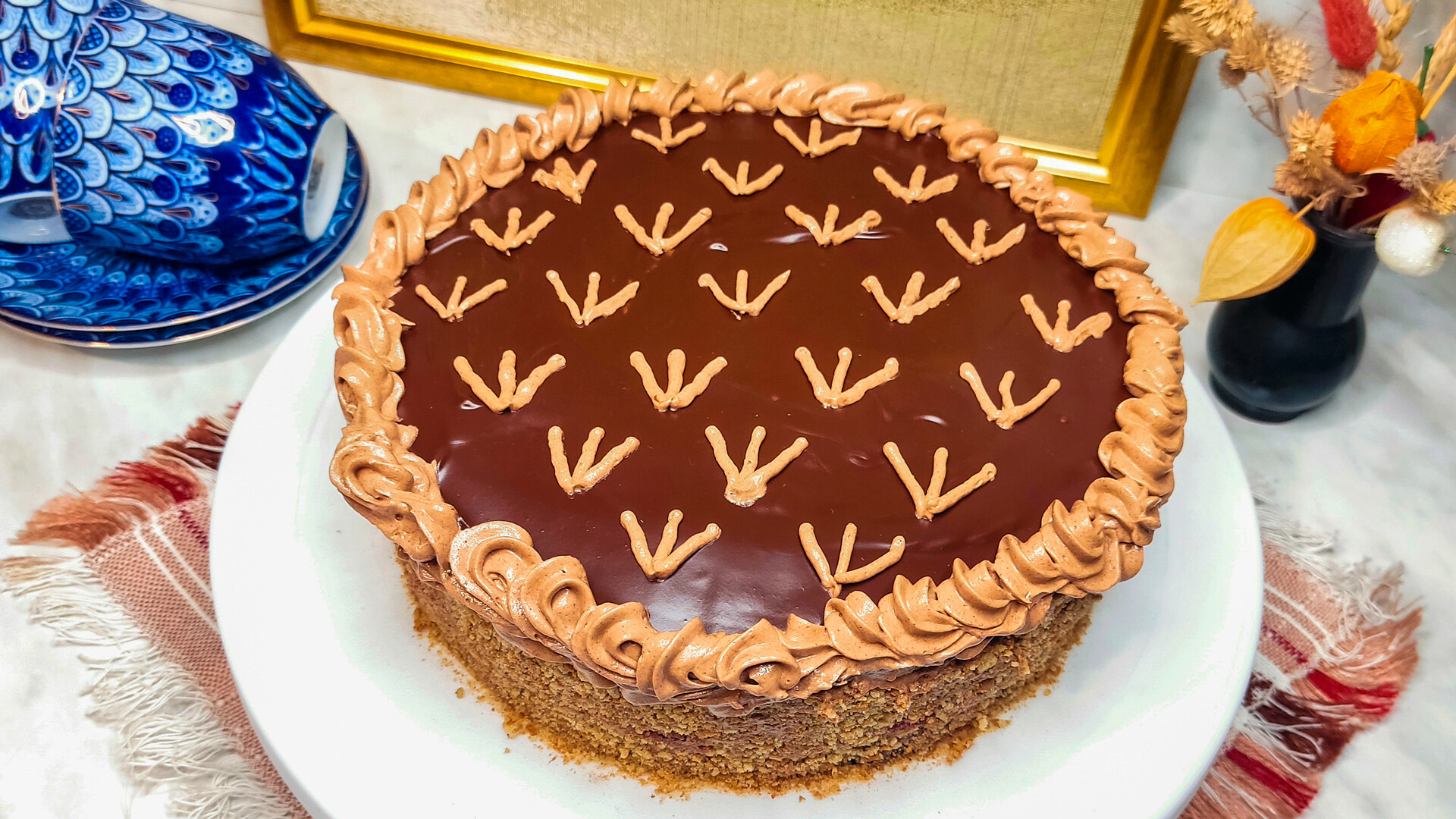
One of the Russian Empire’s leading and best-known confectioners was ‘Abrikosov and Sons Factory’. This factory was famous not only for high-quality baked goods, but also for its innovative approach in how it marketed them to the public. The founder, Alexey Abrikosov, hired the best artists to create special designs for the candy wrappers. (Check out: What candies did children most desire before the Revolution?).
To market caramels with nut paste inside, Abrikosov came up with an amusing name - "Goose Feet", or in Russian, “Gusinye Lapki”. They quickly became popular among children.
In the second half of the 20th century, Soviet confectioners expanded the range of confectionary products and created completely new samples of gift cakes and sweets. Over one thousand new cakes, pastries, cookies and waffles appeared.
The name of the cake, "Goose Feet", was taken from the well-known candies. Surprisingly, the name didn’t impact its composition. And if the candies’ main ingredient was nuts, then for the cake the confectioners chose cherries and chocolate and took a light sponge cake as a basis.
The “Goose Feet” cake was sold in central confectionery stores; it was especially coveted for the table at weddings and anniversaries. The cake looked quite unusual, with a long rectangle divided into sections. Each was filled with chocolate glaze that had different colors. A "Goose Feet" pattern was applied to the chocolate glaze. The cake could weigh 6-8 kilograms.
Let's bake a homemade version of this delicious Soviet era cake.
Ingredients (to serve 8 people):
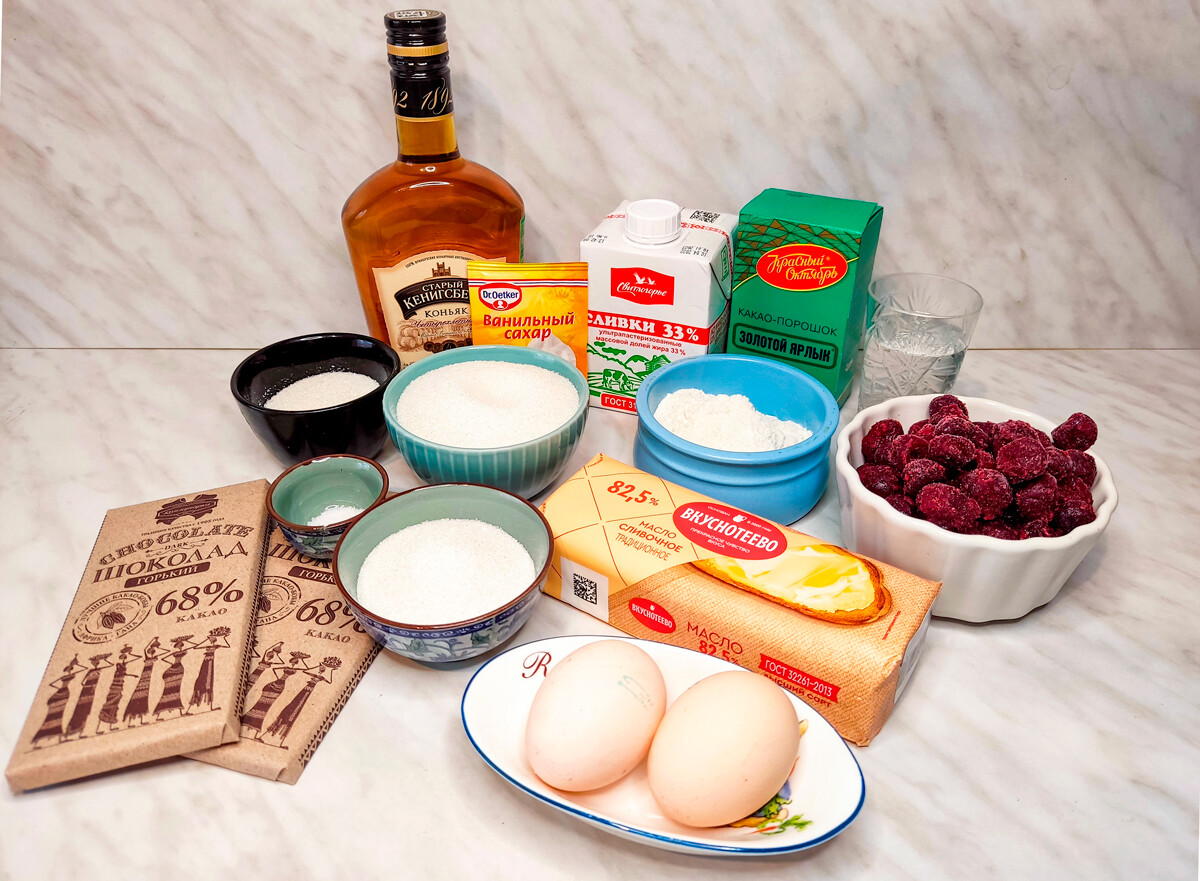
For a sponge cake of 20 cm diameter:
Dough:
- Eggs - 2 units
- Flour - 60 g
- Sugar - 60 g
- Vanilla sugar - about 10 g
- Salt - a pinch
Cream:
- Butter - 300 g
- Sugar - 180 g
- Cream 35% - 100 g
- Cocoa powder - 35 g
- Cognac - 30 ml
Cherry filling:
- Frozen cherries - 200 g
- Cognac - 50 g
Syrup :
- Water - 50 ml
- Sugar - 50 g
- Juice from cognac-soaked cherries
Glaze:
- Chocolate - 100 g
- Vegetable Oil - 40 g
- Cookie crumbs for cake decoration - 100 g
Preparation:
1. To begin, pour the cognac into the cherries and soak for 4-5 hours or overnight.
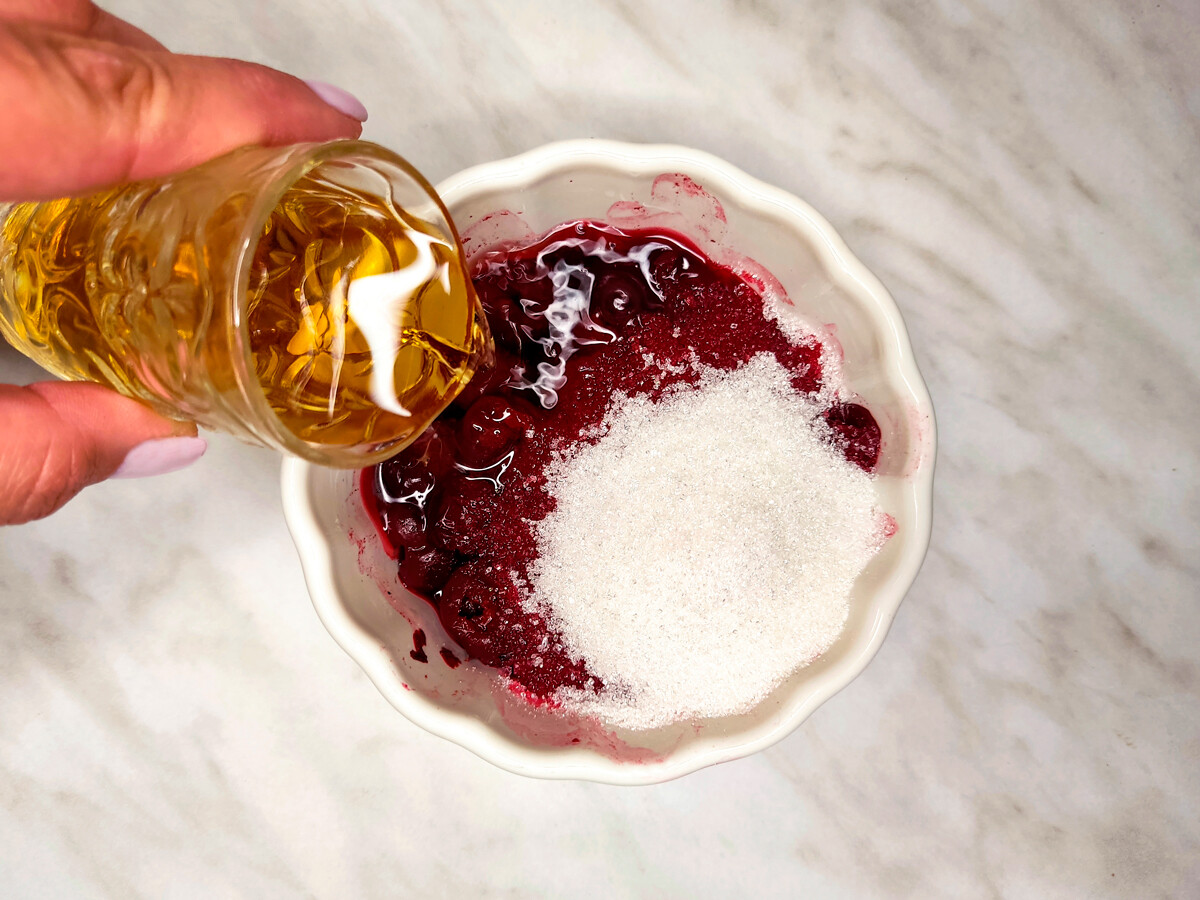
2. Beat the eggs with a mixer, adding a pinch of salt until completely homogeneous. Then, add sugar and vanilla sugar to the eggs; at high speed beat the mass to the desired fluffy consistency. Now, pour the sifted flour into the egg mass and stir in the flour vigorously and carefully.
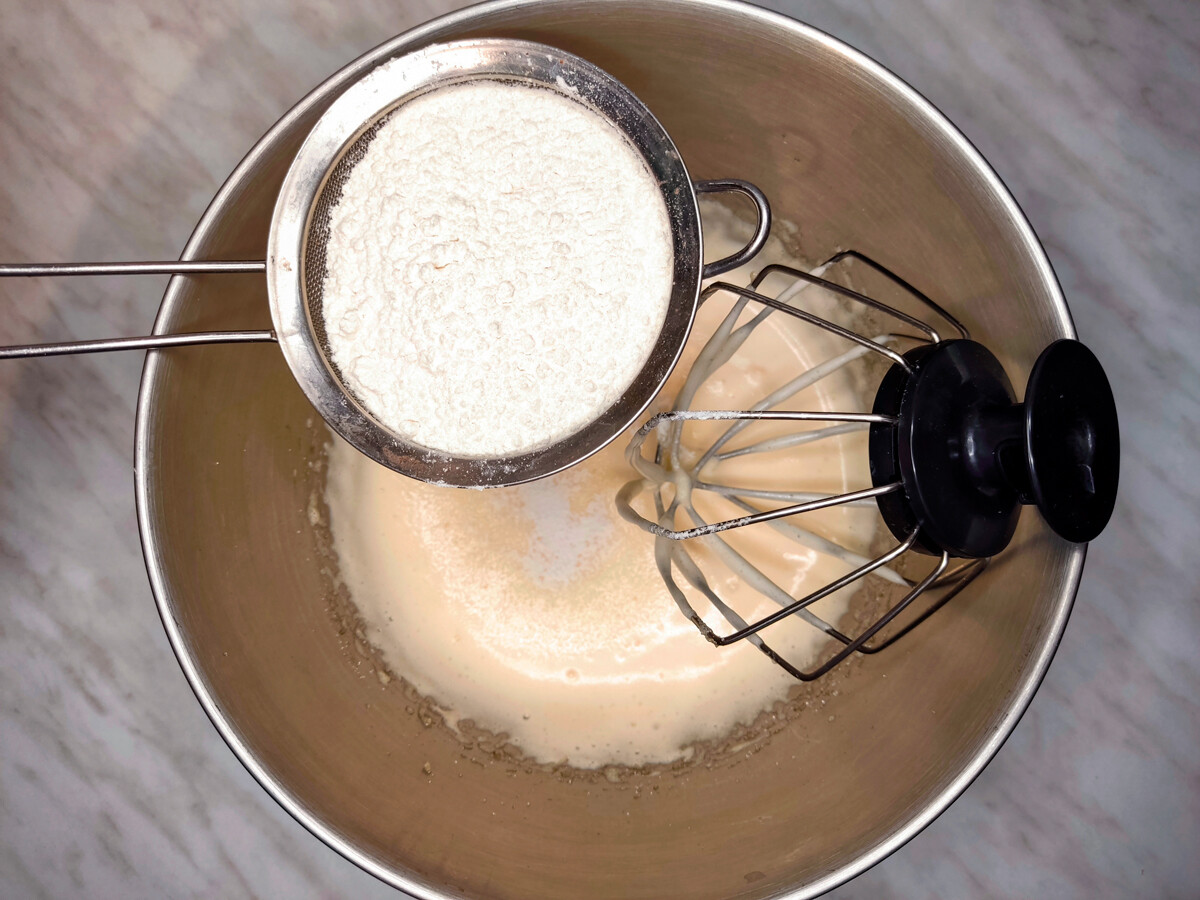
3. Put the dough into the prepared form, and bake the cake in a preheated oven for 20-25 minutes at 180° С. You can check if it’s ready by using a toothpick. If it’s dry, then it’s ready. Remove from the oven and let cool.
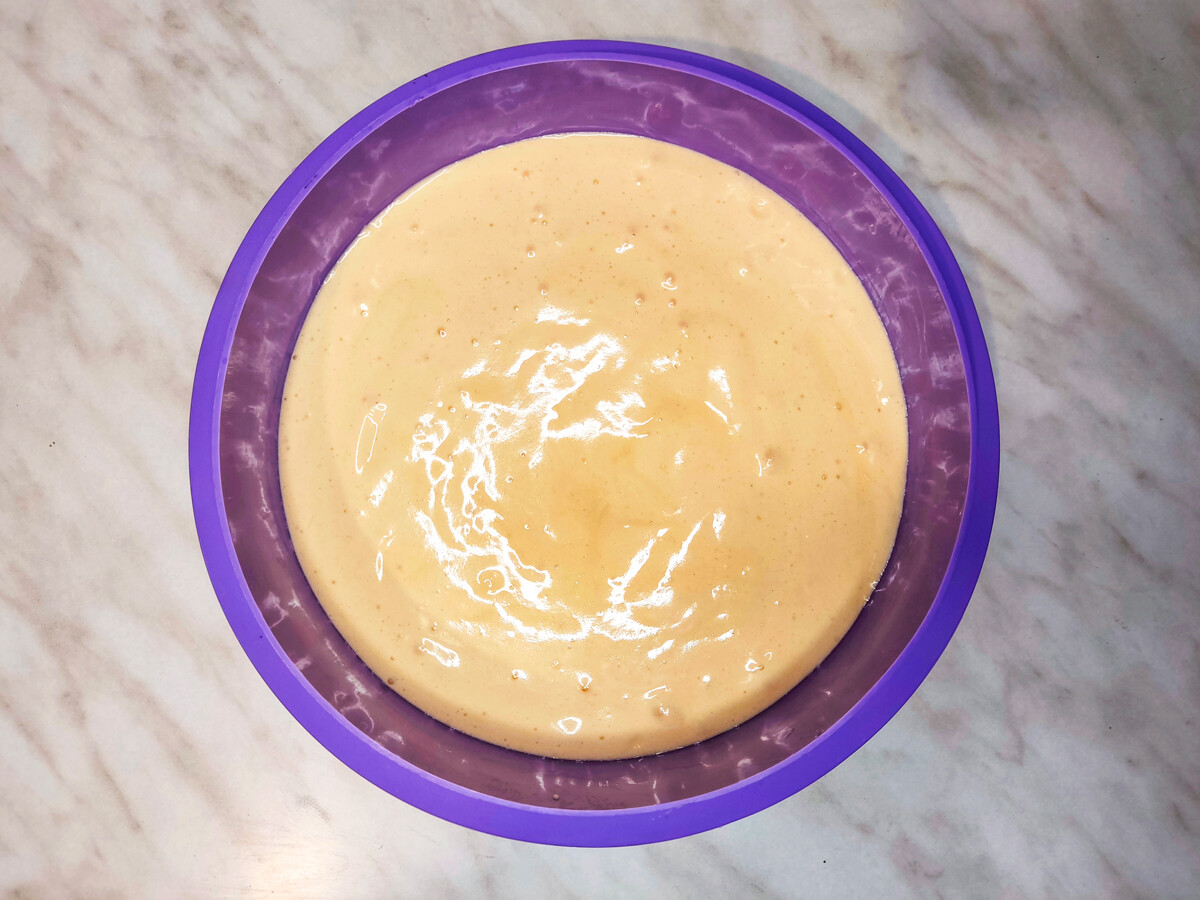
4. The cake should be carefully removed from the form and cooled to room temperature; then wrapped in plastic and put in the refrigerator for several hours or overnight.
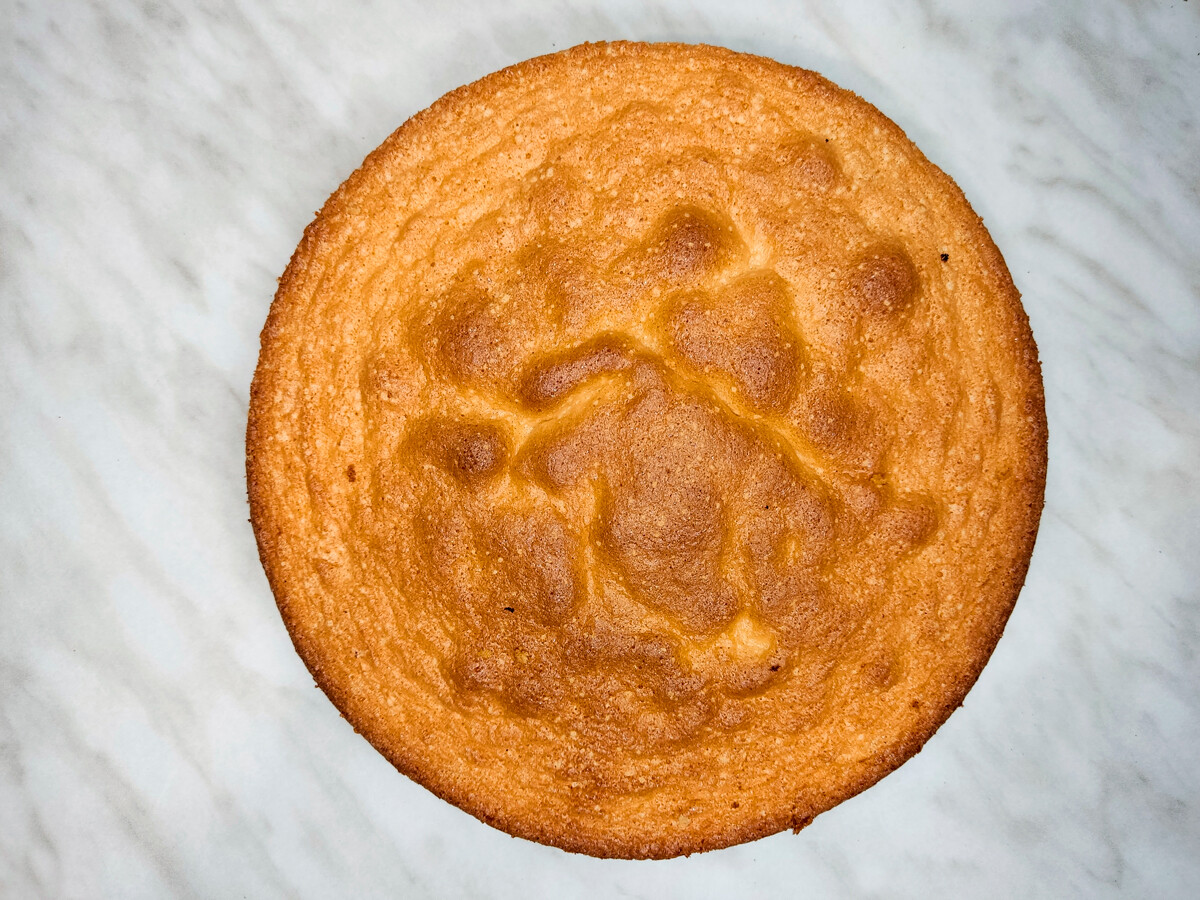
5. For the cream, first cook the syrup: mix the sugar and the fat cream in a small saucepan and boil until the sugar is dissolved.
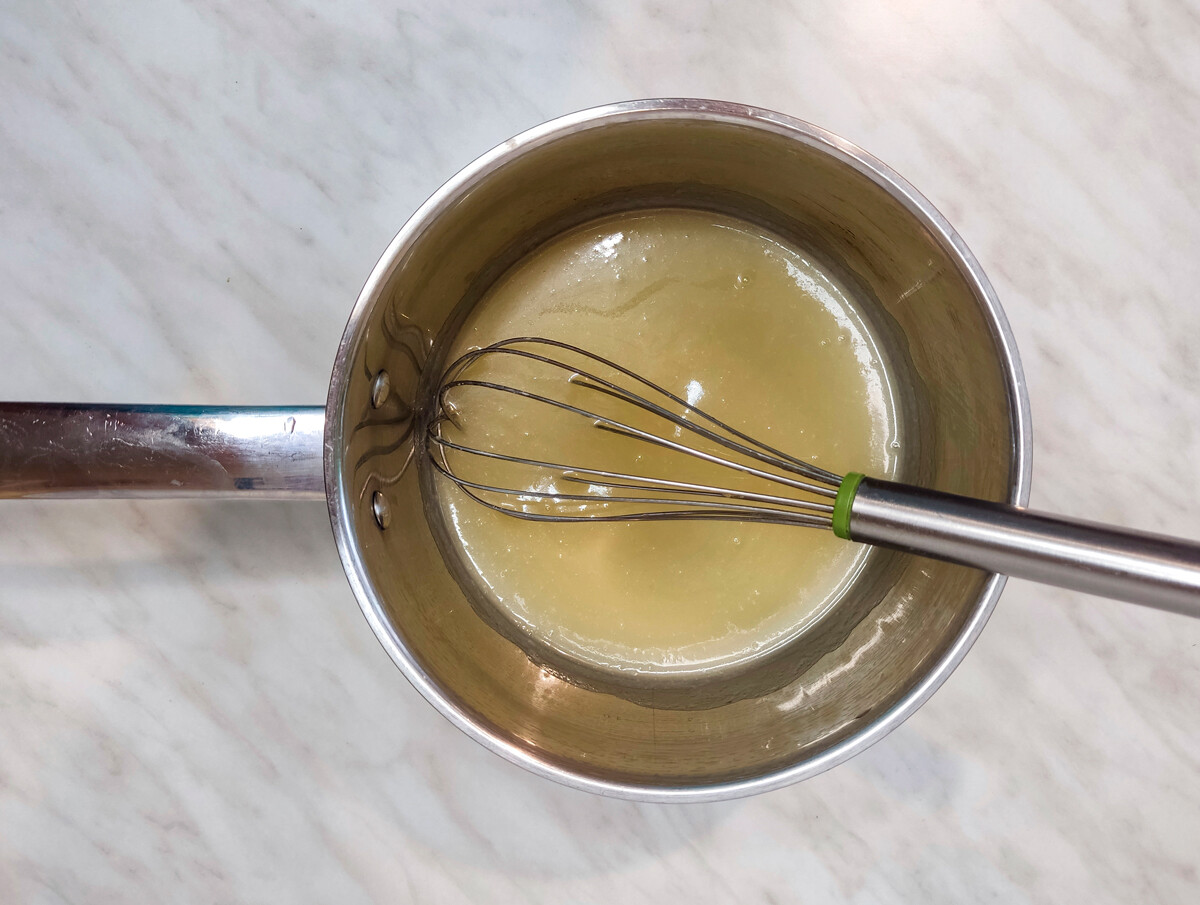
6. After boiling the syrup, turn off the heat and add the cognac; mix well and put the mass in a bowl. As soon as the syrup cools to room temperature, put it in the refrigerator for half an hour.
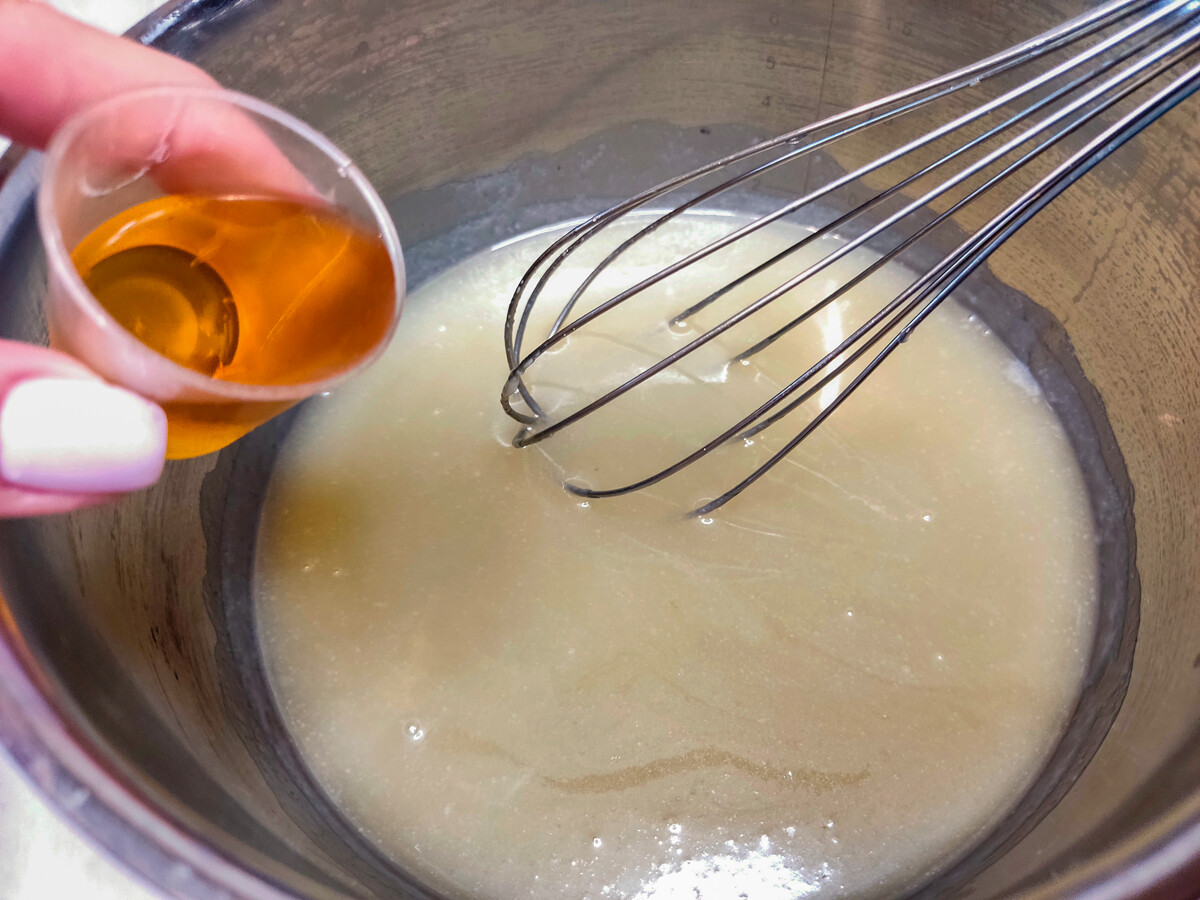
7. Take the butter out of the refrigerator and let it warm to room temperature. Beat at high speed using a mixer for about 2-3 minutes.
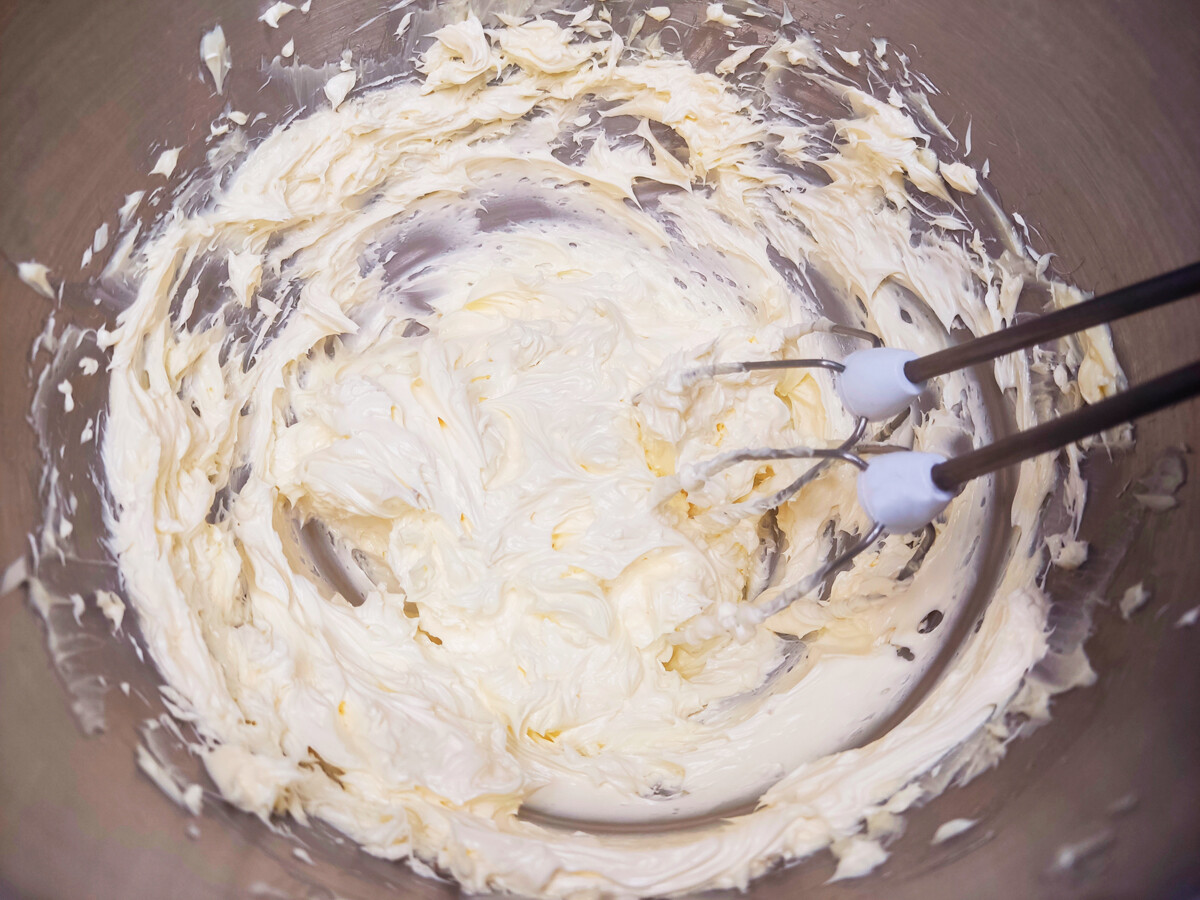
8. Then, in small portions, add the syrup from the previous step into the butter mixture, each time mixing the cream with a mixer.
9. Sift the cocoa powder into that mass. Mix with a spatula and then use a mixer until a smooth consistency is obtained. It should turn out to be very delicate and tasty chocolate cream.
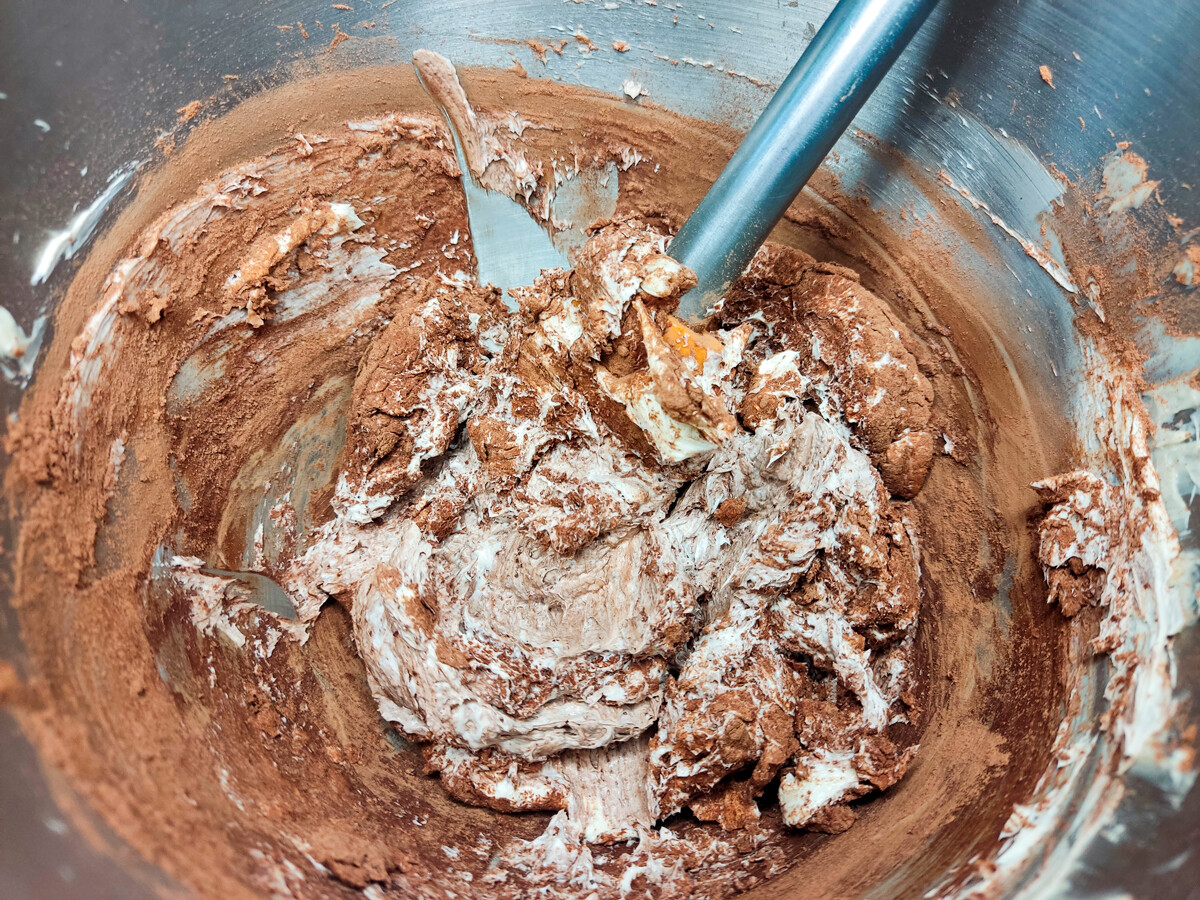
10. Let’s make the syrup for the biscuits. Strain the juice from the cherries. Pour water into the cherry juice and add sugar; put the syrup on the stove and bring to a boil. Remove the syrup from the heat and let it reach room temperature.
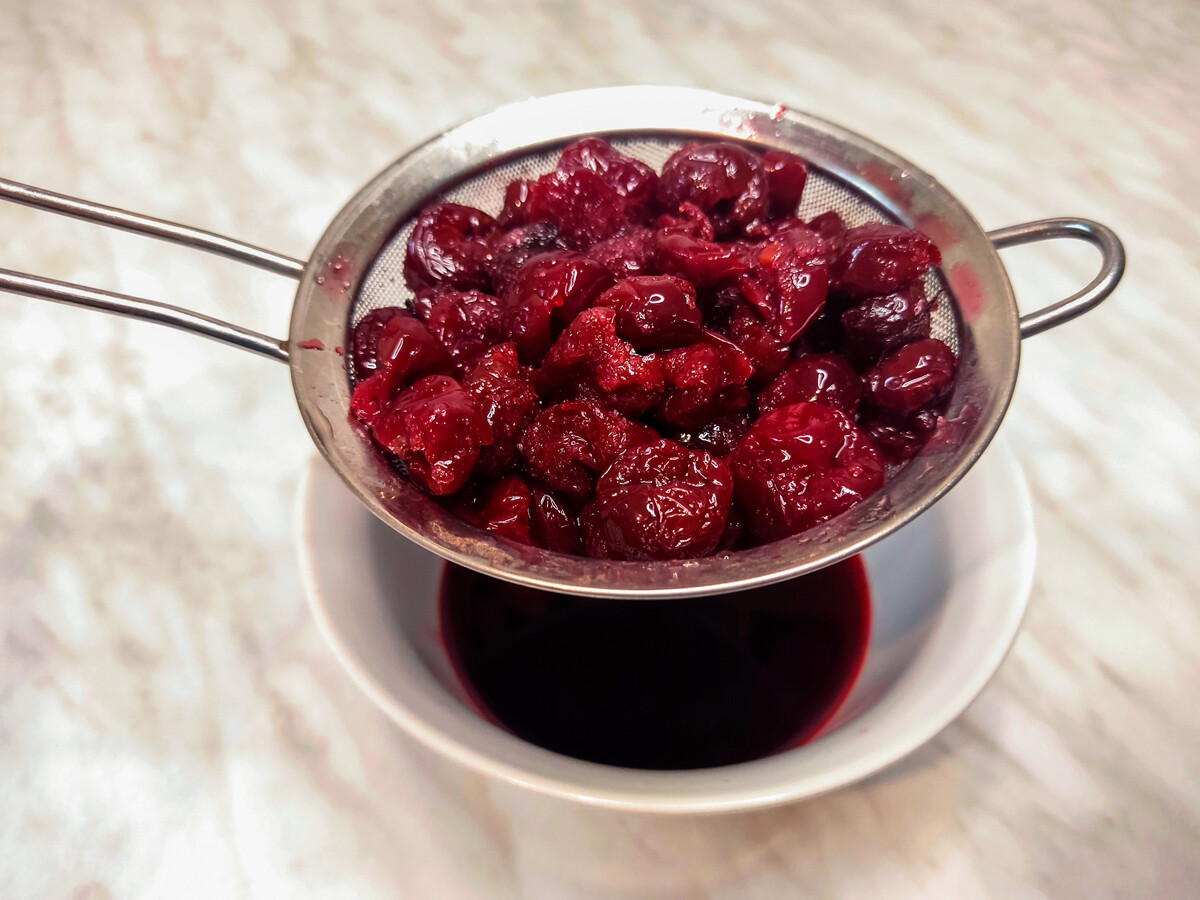
11. Cut the biscuit in half, and soak both halves in the syrup and let sit for 30 minutes.
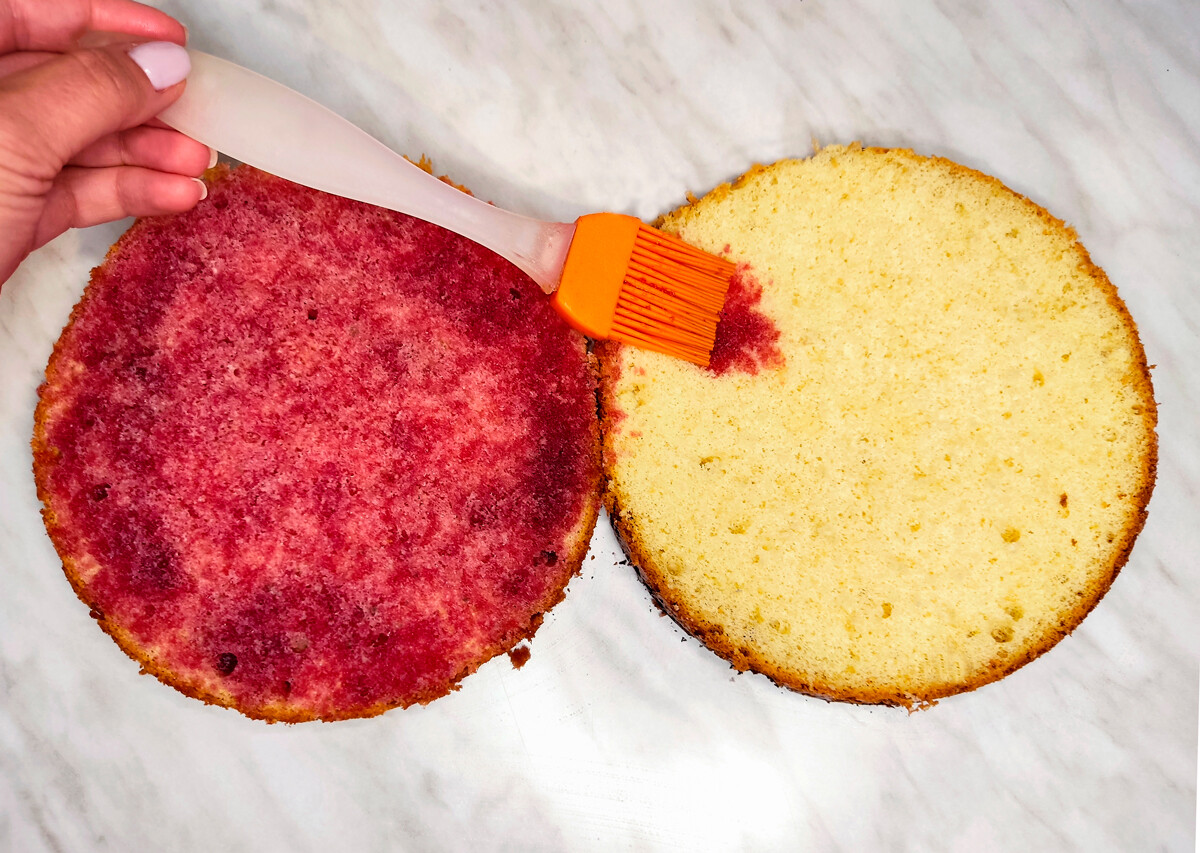
12. Put the first cake on a serving plate; put the cherry on top of it. Then, install a pastry ring, put aside about 5 tablespoons of cream to decorate the cake, and spread the rest on top.
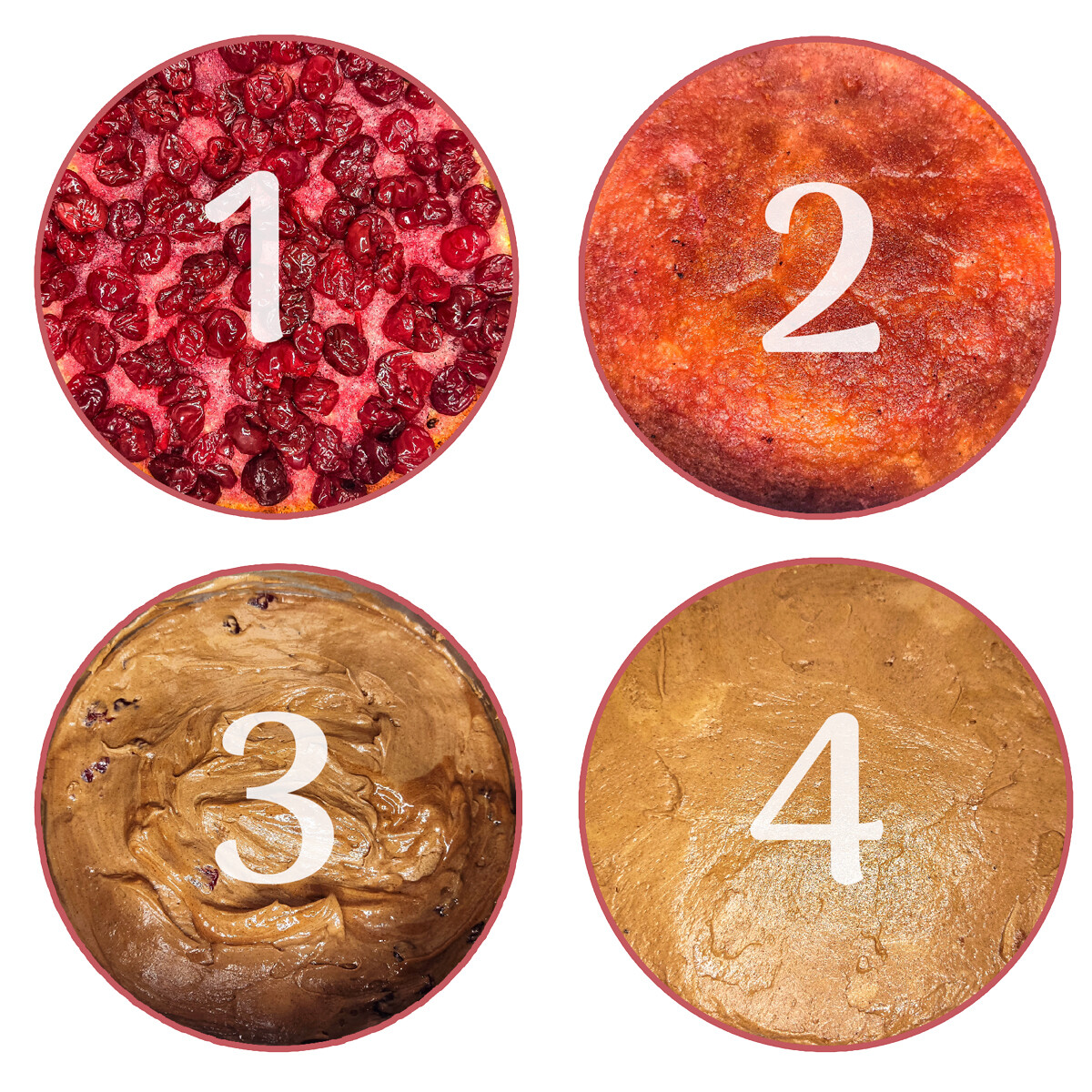
13. Spread the second cake on top and distribute a couple more spoons of cream on top. Remove the pastry ring and lubricate the sides of the cake with a couple more spoons of cream. Put the cake in the refrigerator for 1 hour to stabilize.
14. Sprinkle the sides of the cake with crumbs using any cookie to your taste.
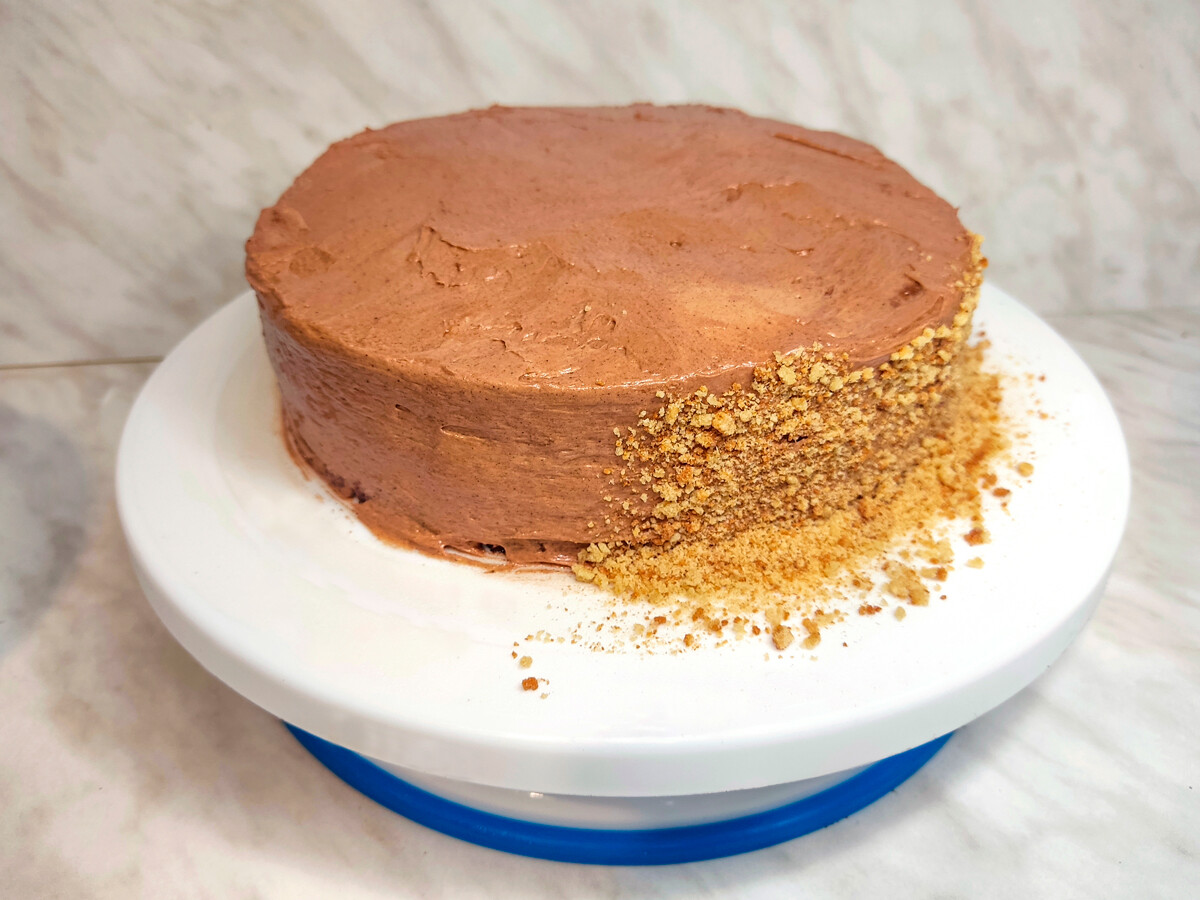
15. Heat the butter and chocolate in a microwave oven, but very carefully so as not to overheat the chocolate. Mix with a spoon. Pour the icing on top of the cake and make it smooth and level.
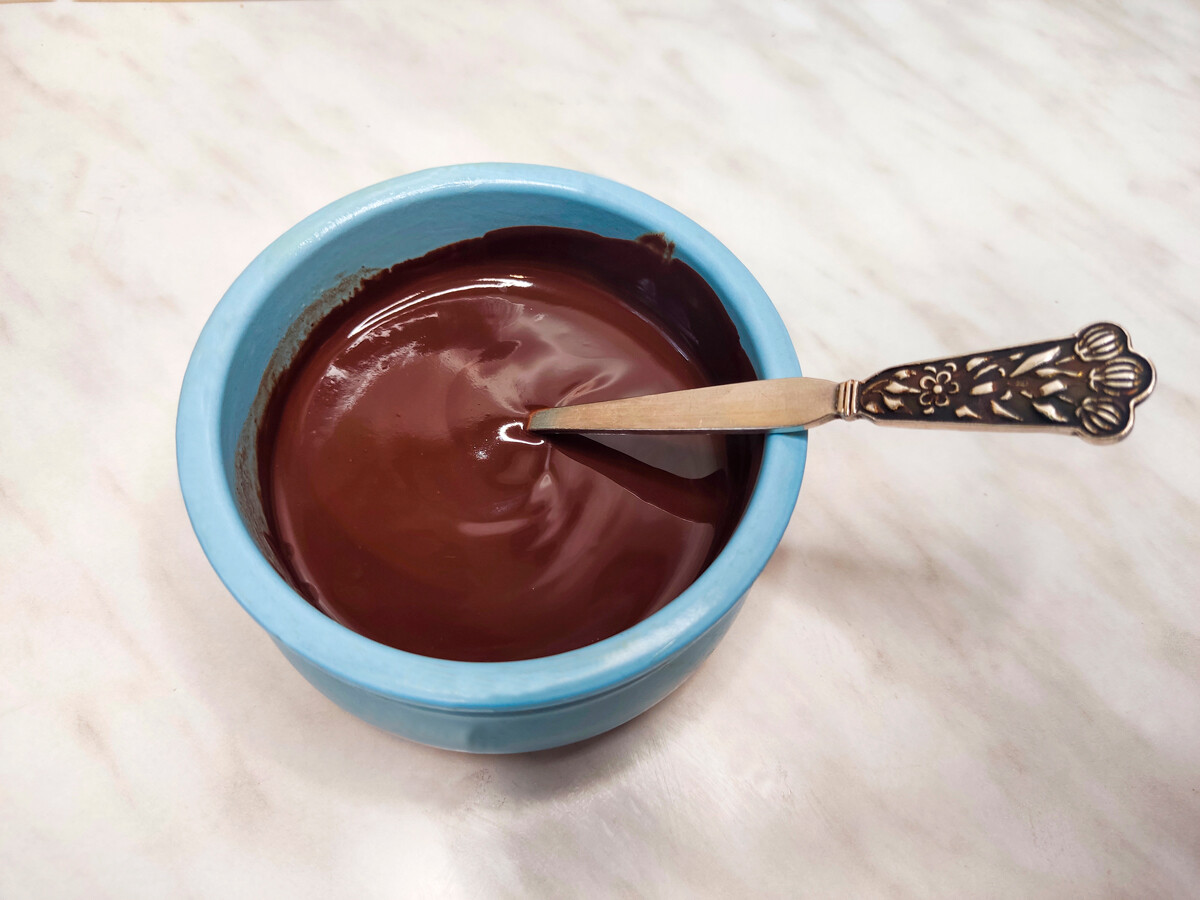
16. Put the remaining cream into a pastry bag and decorate the cake edges and add the goose tracks. The cake needs to be cooled for another 20 minutes.
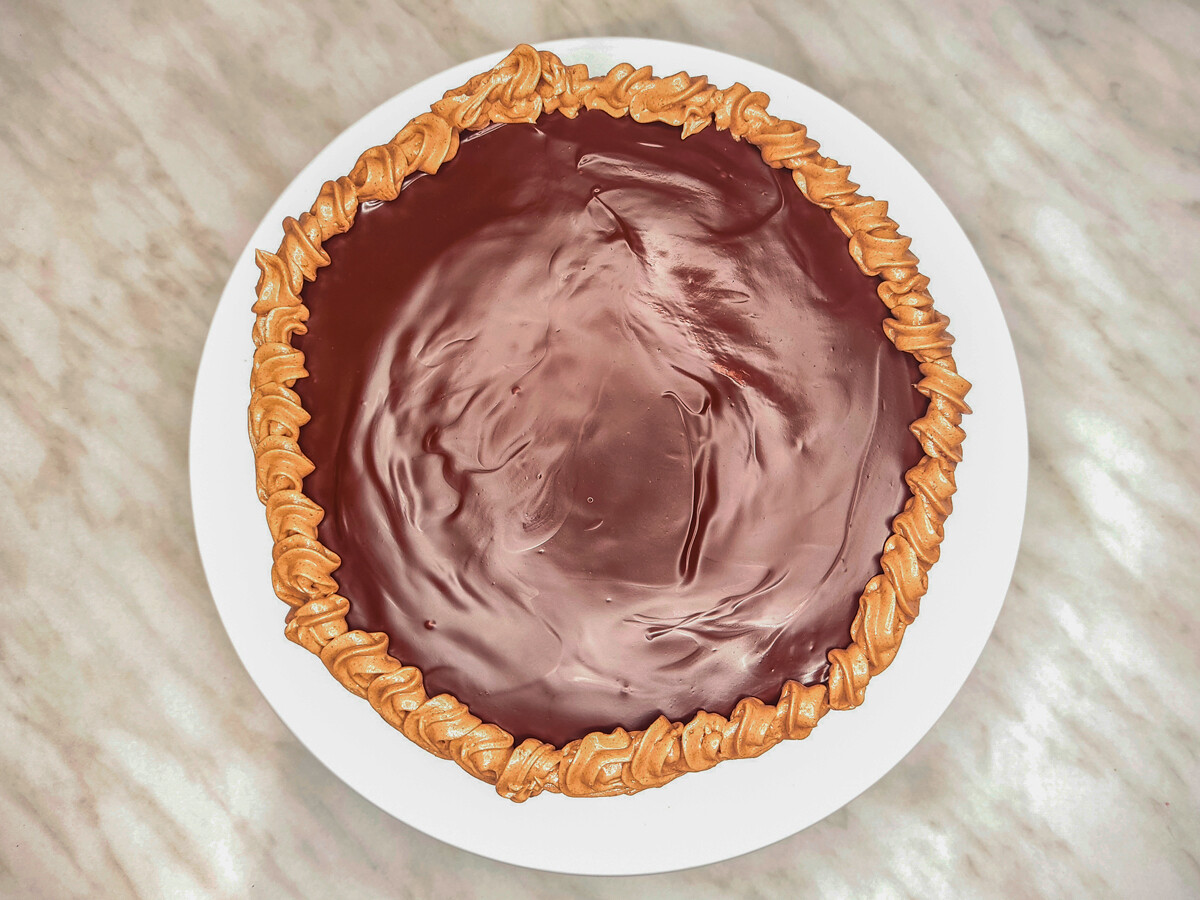
17. The cake has a buttercream base that becomes quite dense in the refrigerator. So, before serving, you probably should take it out of the refrigerator and let it warm to room temperature for about 30-40 minutes.
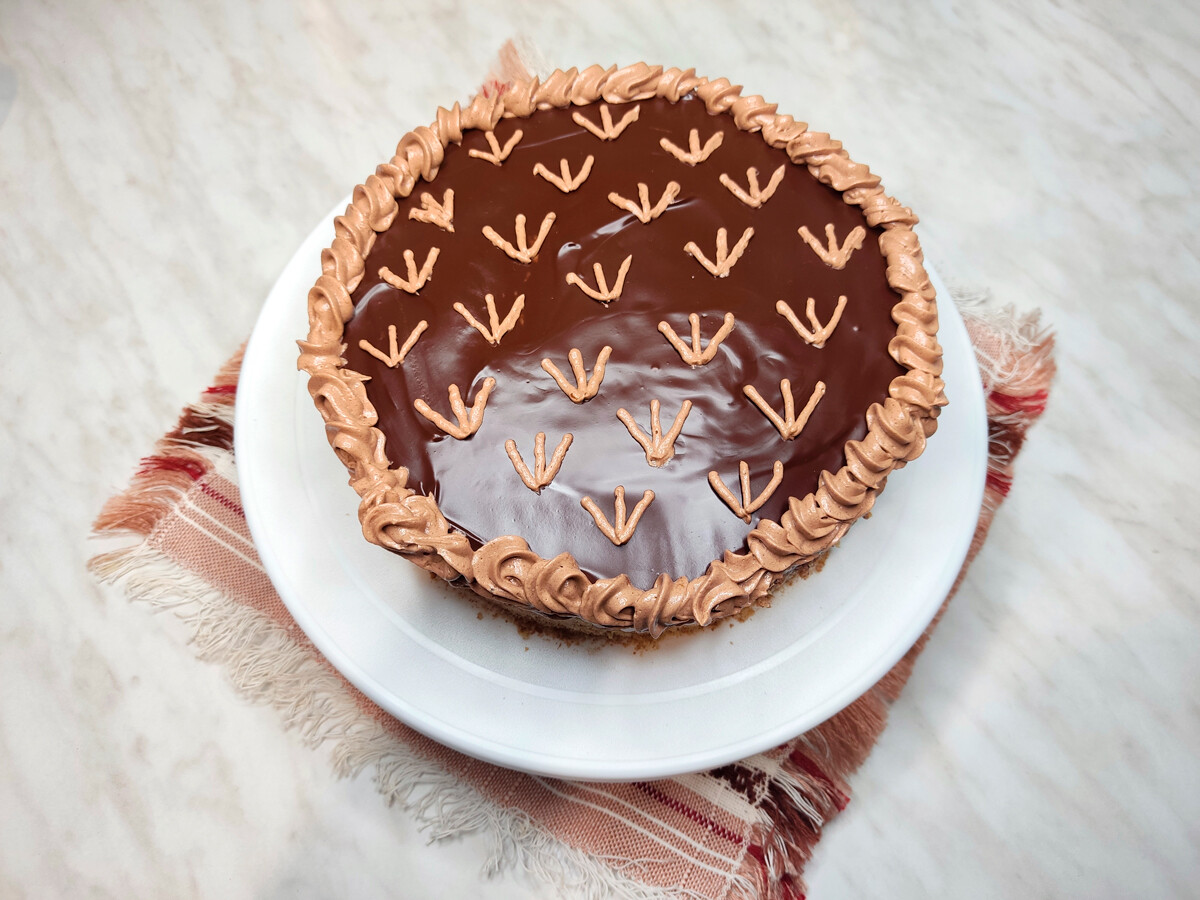
18. Enjoy this delicious cake!
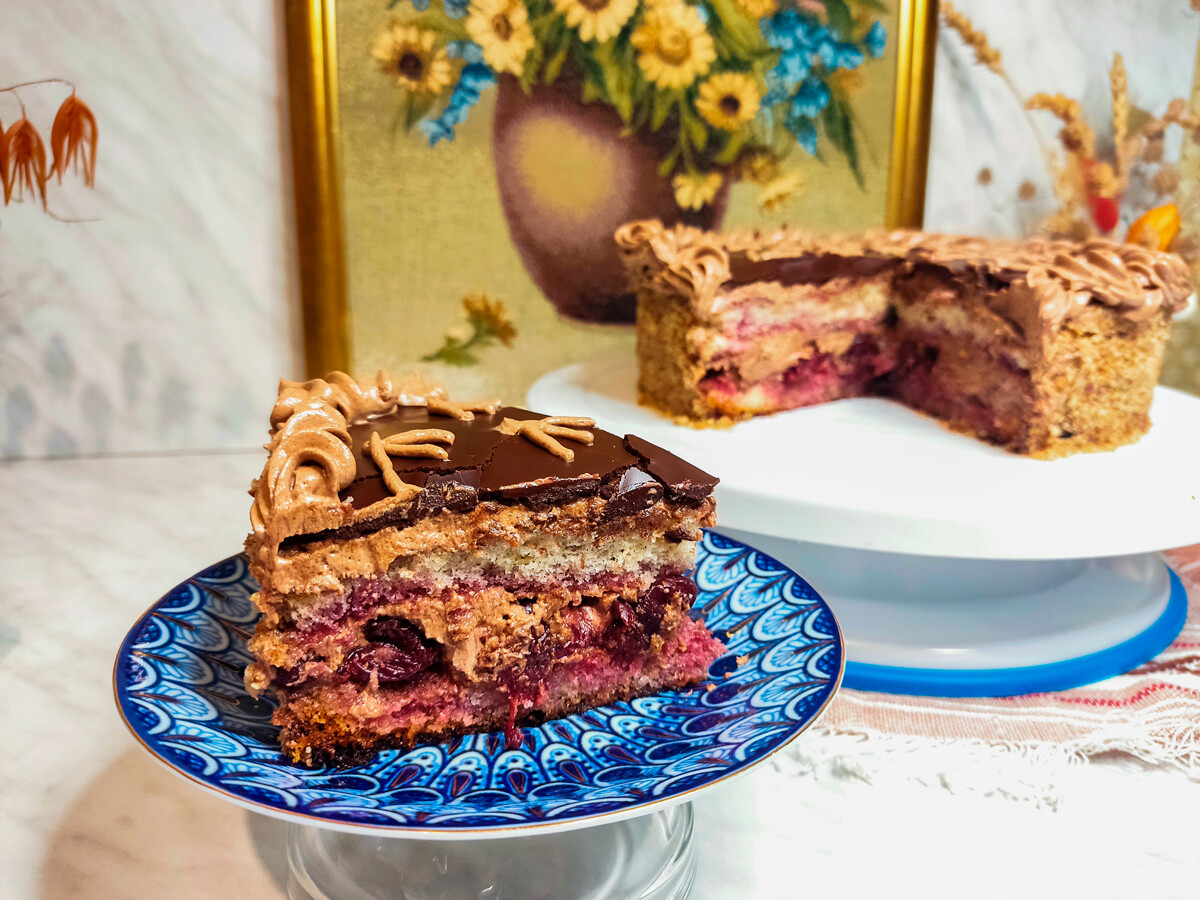
READ MORE: How chocolate appeared in Russia






